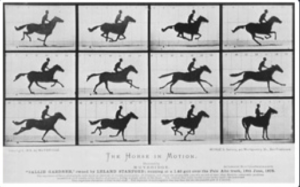 Connect – peter@peterrowe.tv
Connect – peter@peterrowe.tv
What’s With “.tv”?
Why does this website use the unusual suffix .tv?
.tv is a national suffix, just as .ca is the suffix for Canada, .fr for France and .uk for England. .tv is suffix for the tiny South Pacific island of Tuvalu. How small is Tuvalu? The population of 9693 (2015), decreasing every year by about 1000, gives it a rank of 222nd in the world. Its economy is even smaller – 228th in the world, with an annual GDP of around $40 million.
So it made sense that in the early days of the internet, Tuvalu decided it would sell .tv suffixes to whoever wanted them. For a while, broadcasters including the BBC went along with the idea. And while they for some reason gave it up, I still like it.
I’ve used .tv for ten years – but had never had a chance to visit Tuvalu, until 2015, when we made an episode of “Angry Planet” on the island, focusing on the climate change that may be the end of it. The icecaps are melting – the oceans are rising. For the past 13 years the sea level in Tuvalu has risen an average of 5.7 mm every year. Within this century it may become the world’s first virtual country – an underwater memory existing only in cyberspace.
 And What’s with the Horse Logo?
And What’s with the Horse Logo?
In 1872 Leland Stanford was Governor of California. They hadn’t yet named the university with his name, but that would come soon, and he was the biggest cheese in the new state. He was also the owner of an imposing stable of racehorses, and somewhat of a gambling man.
A popular debate of the day was whether all four hooves of a racehorse were ever all off the ground at the same time. Stanford believed they were. His sporting friends thought otherwise. So Stanford wagered $25,000 in California gold on the subject, then set out to prove he was right. He went to an eccentric inventor and photographer named Eadweard Muybridge to come up with proof for his thesis.
Muybridge tried still photographs, then a triggered series of pictures from many cameras, but was unable to provide his benefactor with definitive proof. Finally (following a lengthy delay for a trial in which he was finally acquitted for the murder of his wife’s lover) Muybridge invented what is considered the precursor to the motion picture camera – a device first called the zoetrope, then the praxinoscope, then the phenakiscope – all to the end of finding out about galloping horse hooves.
The answer? Yes – all four hooves do leave the ground at the instant when the front legs are canted back and the back legs are tucked forward. Stanford won the bet. My logo seen here is a stylized modern version created by designer Phil Pallen of the images of horse filmed by Muybridge well over 100 years ago to help Governor Stanford win his wager – images that helped inspire Thomas Edison to invent cinematography.